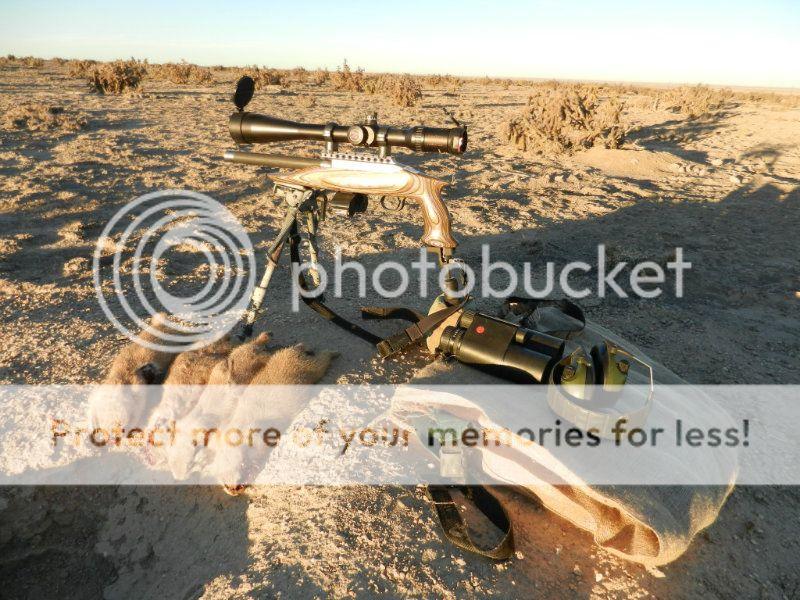Not only do I use a Horus reticle, I use it on a Horus Vision riflescope. I own a Horus Falcon which in my opinion is a superior rifle scope. Designed to be used with a Horus reticle, the elevation and windage turrets are capped. This sets some traditionalist knob twisters off into a dither I've discovered.
I use the H-37 reticle on my 300WM. It is my primary weapon system and I use it for long range, 800m-1600m, shooting. I shoot target, steel, and large animal. I use 190gr - 215gr Berger hybrids and VLDs as well as 208gr AMAXs and 220gr Sierra MK.
What I like about using a Horus reticle is that once I establish a zero for a particular ammunition and record it in my ballistic computer, then all I have to do thereafter is confirm zero and hold. The H-37 is very convenient to use when I change to another load. Just apply the dope in the ballistic computer, fire a trueing round, and then use the holds provided.
Prior to using the H-37 I evaluated the H-58 / 59 on several 7.62 (.308) and .300WM systems. In order to use these systems 'at range' required an inclined rail. I decided to go with a flat picatinny rail and utilize Burris Signature Zee rings with the 0.010 inserts. I calculated if a ring spacing of 9 slots (3.54 inches) is used then a gain of 19.3 MOA is achieved. The H-37 reticle provides an internal 4 mil offset (13.7 MOA). My gain in the scope is 33 MOA or 9.5 mil. Using this set up I will (should) never have to touch a turret unless rezeroing again.
I 'grew up' on regular Mildot reticles and mil systems in the Army. Using one was second nature. When I first looked into a scope with the H-58 I thought "OMG, how can you see a **** thing thru all this crap" After training on and using the Horus reticle system, I now never see the reticle unless I am actually looking at it. The reticle is glass etched, fine but not so fine as to get lost in visually challenging foregrounds and backgrounds. My system is illuminated and can be used with night vision systems.
It's a great system and I'll never use a regular mildot reticle on my systems again.
The only Horus reticle that I have to 'think' with is the TReMoR system, but that is because I have only used it twice. I can see a definite advantage to the reticle system with the calculated wind and mover holds on the reticle itself. But like using all Horus reticles you have to use them to become proficient with them. To me, this is not an issue.
I find that most folks who have not used a Horus reticle are reluctant to use them because they don't want to step outside their comfort zones. A regular mildot scope is relatively easy to learn and use, is uncluttered, and works well enough. But they take time to put into battery when using holds for wind or holding 'in space'. Follow up shots are difficult as well as there is not a means of accurately obtaining a corrective hold in the reticle itself. Dial ups take time and require taking your eye out of the scope to focus on the turret. This is never an issue with a Horus reticle. Everything is right there for you to use. It only takes a few hours of training and repetition. That means range time.. never a problem!

I highly recommend both the Horus Vision riflescopes, particularly the steel tubed Horus Falcon, and Horus reticles for any shooter who is intent on improving his 'game'. Invest the time and you will never look back... only 'downrange'!
Hope this helped...
Animo et Fide
"Courage and Faith"
DocB

